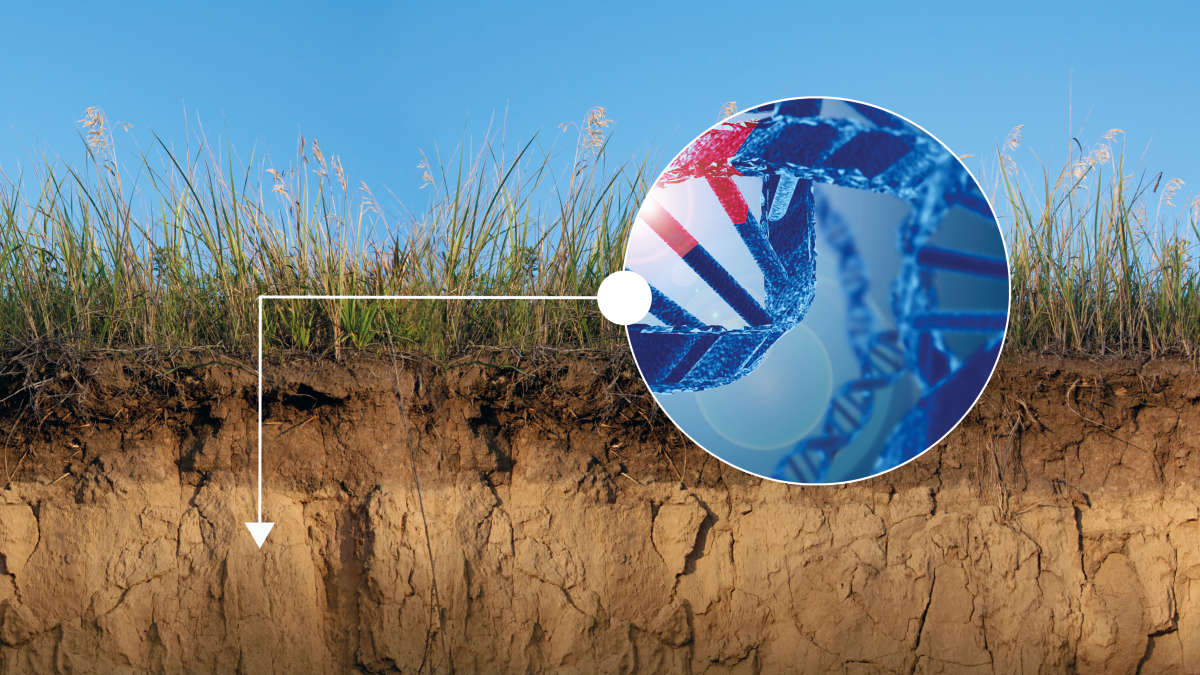
Successful isolation of high-quality RNA from soil
RNA isolation from soil is one of the most difficult applications performed in environmental molecular biology. Not only is degradation a constant challenge, but also RNA yields tend to be low.
Possible co-contamination of the RNA by soil humic acid and inhibitor content is also a challenge. Purity for RNA applications is essential. The RNA should be concentrated when added to the reaction and inhibitors cannot be present.
Low RNA yields, usually between 10 and 20% of the yield of DNA, mean that to isolate a sample for research requires working with a larger amount of sample, using larger (15ml) tubes and a centrifuge with a greater capacity. As dilution of the RNA for reverse transcription is best avoided when looking for low copy genes, successful inhibitor removal is key.
To meet these challenges, QIAGEN® offers the RNeasy® PowerSoil® Total RNA Kit, which has been specifically developed to make soil RNA extraction straightforward.
The protocol is a carefully-tested combination of methods: Inhibitor Removal Technology (IRT®) for inhibitor removal, phenol-chloroform extraction for complete microbial lysis, and anion-exchange for high-quality purification. The end result is the isolation of clean RNA in the volume desired, allowing for maximal use in RT-PCR.
From loamy forest soil to river sediment, every soil has a different texture, moisture and microbial load. Using the RNeasy PowerSoil Total RNA Kit, you can adapt your extraction process for each one.
Ten RNA isolation tips
Here are ten tips to avoid problems and optimize results when following the steps of the RNeasy PowerSoil Total RNA Kit protocol.







